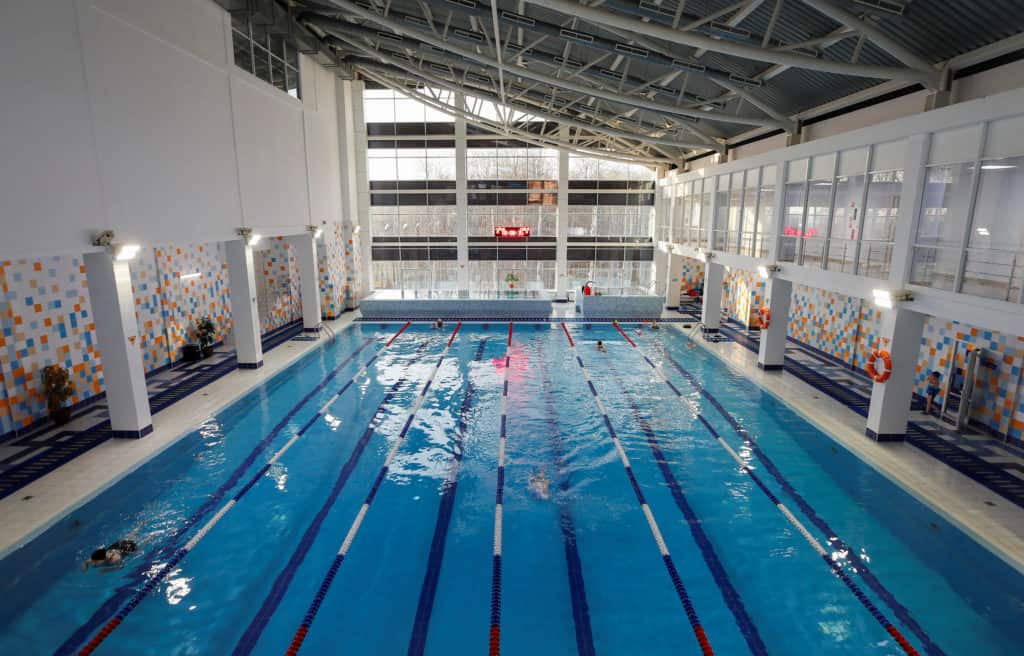Swimming Pool Safety: A Parent’s Guide to Happy Splashes in Public Pools
Hey there, super-parents! Are you ready to make a splash with your little ones? Public pools are fantastic places for family fun, fitness, and frolic, but safety always comes first! Whether your kids are just dipping their toes in or they’re ready to dive in headfirst, our comprehensive guide will get you all set for a delightful day at the pool.
Before You Go: Pre-Pool Preparation
1. Swim Lessons: Make sure your children are swim-ready. Enroll them in certified swimming lessons if they’re not confident swimmers yet. It’s not just about the strokes; it’s about being water-wise too!
2. Pack Smart: A swimming trip means you’ll need some essentials. Pack sunscreen, towels, water-resistant swim diapers for the little ones, snacks, water bottles, and of course, the all-important swimwear and goggles. A packing list is a lifesaver — literally!

Preparing Your Family for Public Pool Outings
As the scent of sunscreen begins to mingle with the warm breeze, it’s clear that pool season is upon us! Public pools offer a wonderful oasis for children to enjoy the water under the sun’s gleaming rays. But before we get too carried away with poolside excitement, let’s gear up with some essential tips to ensure our little swimmers are safe and set for a splashtastic adventure.
Five Key Preparations for Pool Bound Parents
Preparing for a family day at the pool isn’t just about remembering the floaties. Here are five things every parent should know:
1. Understand the Pool’s Safety Features and Policies
Is there a lifeguard on duty? What are the pool’s rules and depth indicators? Familiarize yourself with the safety protocols and teaching opportunities these can provide, so you can reinforce the importance of following rules for your children’s well-being.
2. Check Your Child’s Swim Readiness
A pre-season assessment of your little one’s swimming capabilities can make a world of difference. Give your child opportunities to practice swimming before the family outing, aiming for comfort and familiarity with the water.
3. Invest in Proper Swim Gear
Swim goggles can help your child see clearly underwater, preventing irritation from chlorine, and the right swimwear should provide comfort without compromising movement. Consider earplugs and swim caps for children sensitive to water in their ears or for those with long hair.
4. Prepare a Poolside Kit
A good pool kit includes water-resistant sunscreen applied 30 minutes before sun exposure, plenty of towels, a first aid kit for unexpected scrapes or stings, and water shoes to prevent slips. Don’t forget a change of clothes for the ride home!
5. Have a Plan for Hydration and Energy
Swimming can be surprisingly draining. Ensure hydration by packing water bottles and consider healthy, non-perishable snacks like fruits and granola bars for quick energy boosts.
Practice Respectful Poolside Etiquette
Alongside safety, it’s also good to practice and teach children proper pool etiquette. Respect other swimmers’ space, keep the noise level down, and ensure that your kids refrain from running or rough play. Ensuring a positive experience for all is a shared responsibility.
Implementing the Fun Factor
Now that we’ve covered the essentials, it’s time to focus on having oodles of fun! Bring along water toys, goggles, and floatation devices that adhere to the pool’s guidelines. Organize pool games like “Marco Polo” or a scavenger dive to retrieve pool toys. These activities not only enrich the day’s experience but also help in building your child’s swimming skills and confidence.
For more great fun click here. For more information see here
Disclaimer
The articles available via our website provide general information only and we strongly urge readers to exercise caution and conduct their own thorough research and fact-checking. The information presented should not be taken as absolute truth, and, to the maximum extent permitted by law, we will not be held liable for any inaccuracies or errors in the content. It is essential for individuals to independently verify and validate the information before making any decisions or taking any actions based on the articles.




